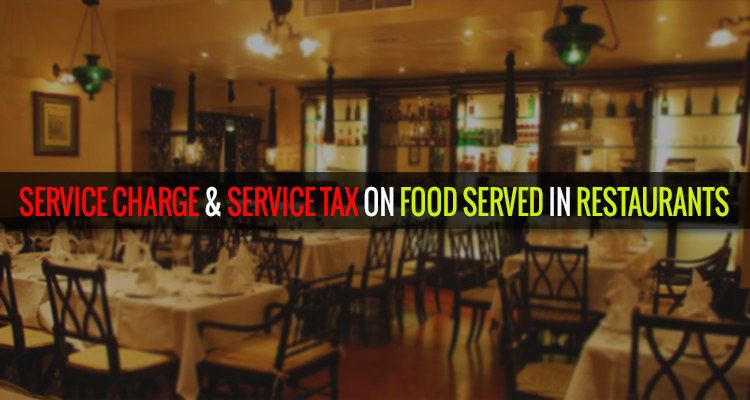
Ever checked out your bill precisely every time you go and dine out in a restaurant? If yes, your food bill would certainly have been more than what you expected. And in a rush, you don’t even try to cross check for the charges levied and leave the restaurant after paying the bill. The scenario is more often with most of us as we people do the same thing. But, are we being over-charged?
Charges and Taxes in a Restaurant Bill
Concerning about the charges and taxes in a food bill is your legal right. Basically, the major components included in a restaurant bill are Service Tax, VAT (Value Added Tax), and Service Charge. Let’s check out the concept of each of them in detail.
Service Charge: This is a tariff raised by the Restaurant owners for rendering their services like serving the food. No government body is involved for levying such kind of charges and they are directly put in the pockets of the owners themselves. Besides, they can ask for any amount as a service charge on their part. The charges are properly disclosed on the Menu Card. You have to pay the service charge as a mandatory tip if the Menu Card discloses it properly.
As these charges are charged by the owners themselves, they are free to levy any amount. However, usually, it is asked between 5% to 10%. different eateries have different charging schemes like some may only charge for the food and not for the home delivery or take away.
VAT: VAT is Value Added Tax, which is levied by the State Government for selling any item. This tax is liable to be paid by the customers in a restaurant for the food being sold. Moreover, different state govt. impose different VAT rates. Even in the same state, you’ll find different VAT rates to be prescribed for different items, especially the rates for Alcoholic Beverages are completely distinct from the other food stuff.
Service Tax: Do you go to the restaurant for just eating the food? Obviously, hospitality services matter a lot. The better the amenities and services are, the more pleasurable experience it will be. The Menu Card incorporates the food cost, which is a combination of the cost of the raw material plus the cost the services being rendered to you. Collecting Service Tax is a sole duty of the Central Government, which they collect for providing these services.
The prescribed Service Tax rate that is charged for the food in a restaurant is 5.6%. Although, Service Charges are being separately charged by the Restaurants these days as the prescribed amount isn’t enough to cover the cost of services.
Conditions for levying service Tax in a restaurant:
Some people go for the dine-out just for eating food while some avail both food and services. Service Tax in case one should not be charged as it is not taxable. The applicability of service tax in a restaurant is decided on certain factors.
As of now, Service Tax will be charged in only those restaurants, which are air-conditioned, otherwise not. Furthermore, an under-construction erection with the area beyond 2000 sq ft. would be included as well for levying of the Service Tax, introduced by P. Chidambaram in Budget 2013.
Service Tax Charged on Food Served in Restaurants
There is a composite charge of the food served and services rendered in a restaurant. The Service Tax can not be imposed on the whole composite amount. It becomes quite complex to bifurcate between the Value of Goods Sold and the Value of Services Provided, therefore, to keep it simple there’s an abatement policy in which taxes are not charged on the entire amount but levied only on a specific portion.
As per the Rule 2C, Service tax should only be levied on 40% of the bill wherein the service charge is included i.e. 5.6% and VAT is prescribed to be 14.50%. Though, there is an exemption in which if the food is being come from an outdoor catering i.e. if the restaurant is not getting it from their own resources, a service tax of 60% on total bill will be charged.
VAT Charge on Food Bill
As stated above, the Service Tax charged on the food served in a restaurant is 40% from the whole bill. According to the estimations, 40% is being charged for rendering the services while 60% is for the items being sold. Now, the logic says, if 40% of the charge has been taken on the name of Service Tax, then VAT should be applied to only 60% of the bill. But, this doesn’t happen. It is applied on the total food bill.
NOTE: Central Government frames the Service Tax Laws while VAT Laws are formulated by State Government.




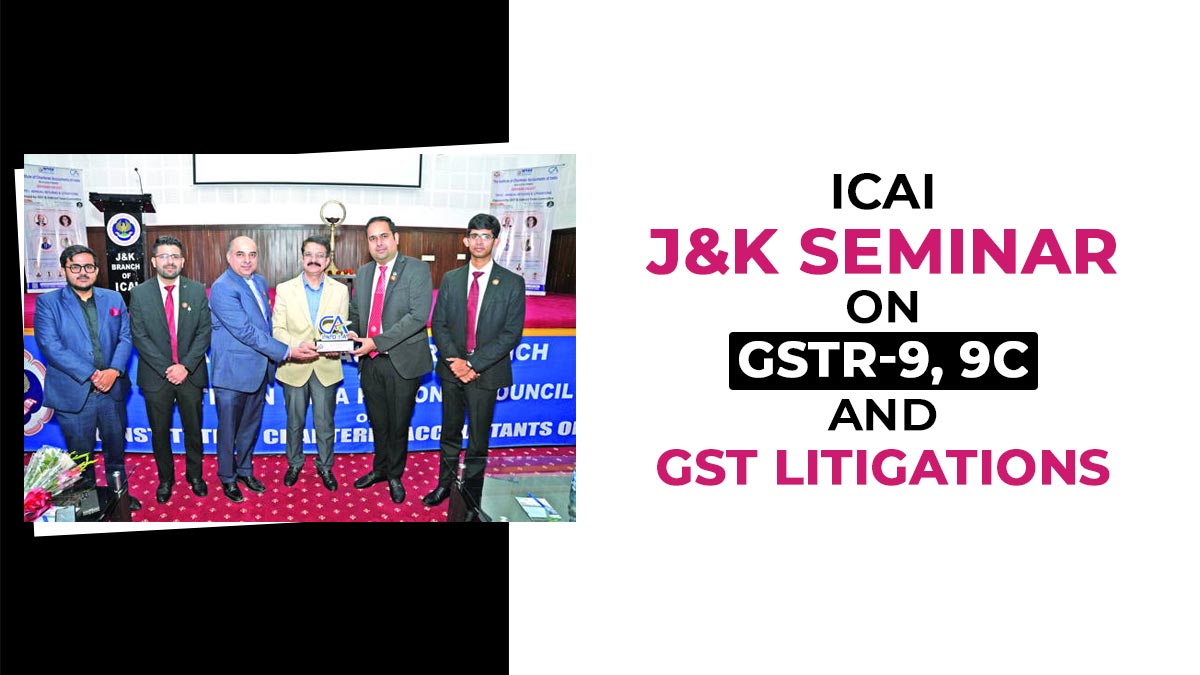
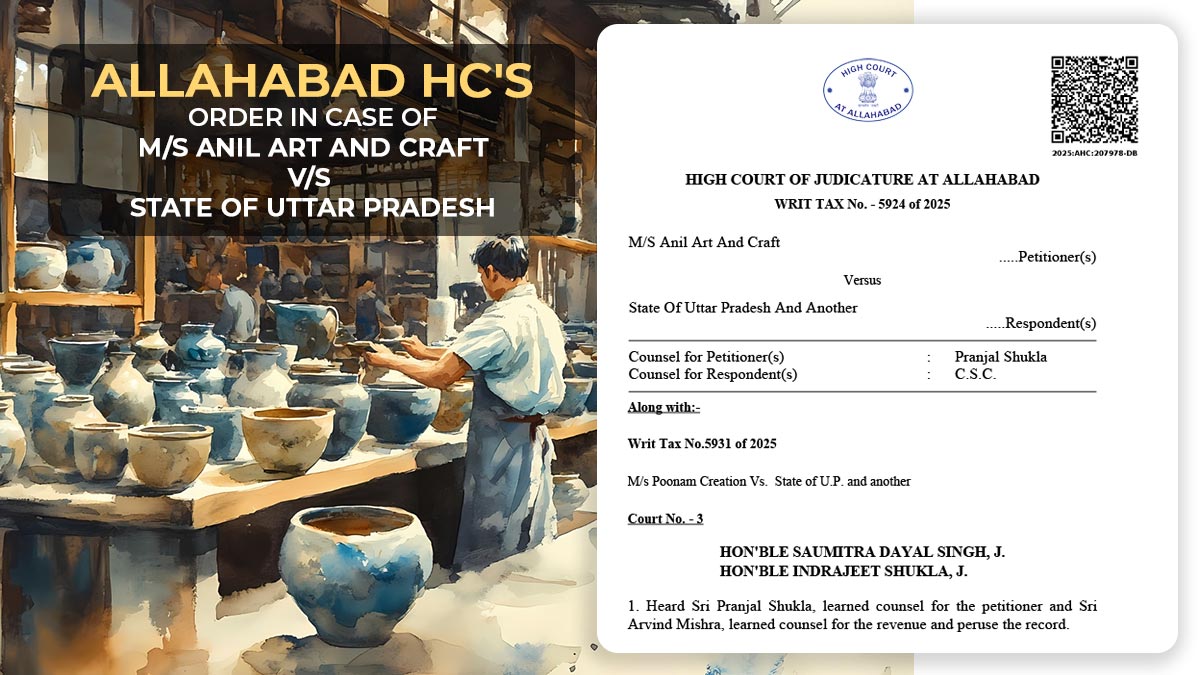
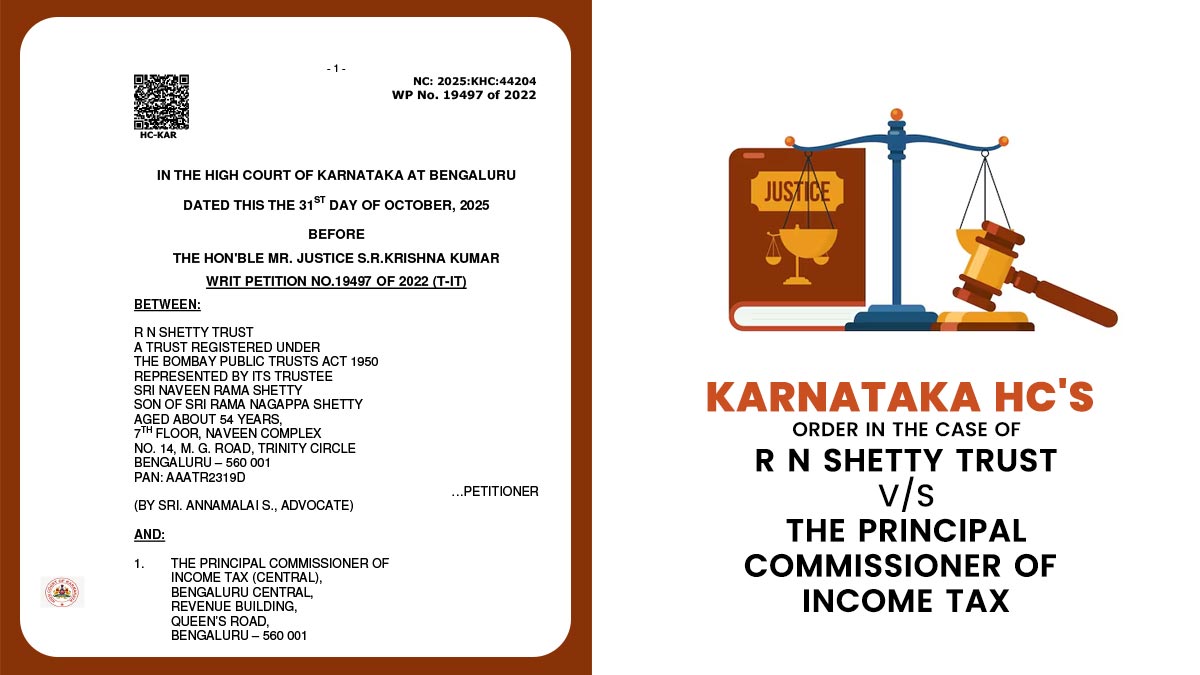
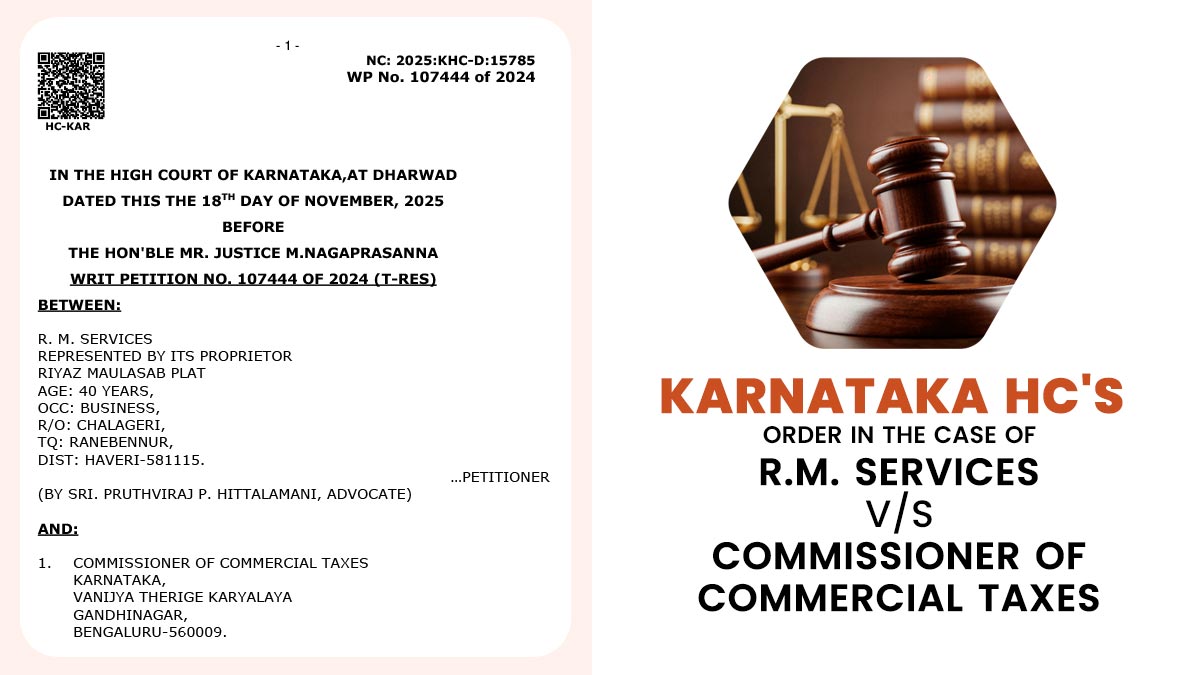


Great explanation of the service tax and service charges in Indian restaurants! It’s so important for customers to understand these charges and be aware of what they’re paying for.
It is clearly defined that the service component of food served is 40% and the food component constitutes the remaining 60%. It is also an accepted fact that VAT is levied on the product (in this case the food) why is it then that VAT is charged on the full value of product and services provided by restaurants, as per state government notifications. Its a LOOT by the government, in simple and explicit words.